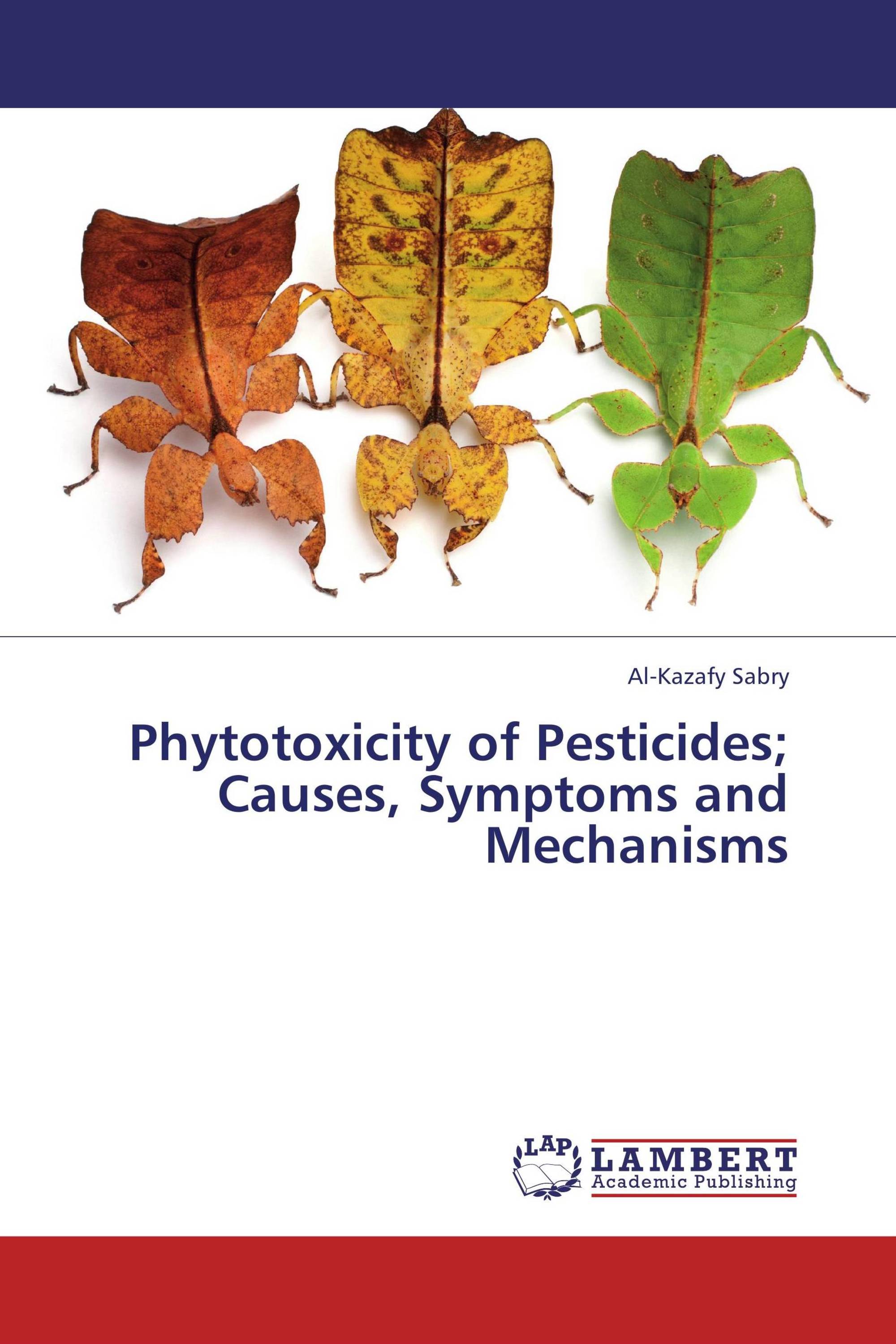Many species of plants in natural and undeveloped areas are desirable because they protect the watershed by reducing erosion and runoff; they provide food and cover for wildlife, and are part of an ecosystem's balance. A disruption of this balance may increase the likelihood of undesirable vegetation becoming more prevalent. Pesticides are designed to control pests, but they can also be toxic to desirable plants. Pesticides phytotoxicity means any plant injures caused by pesticides applications. These pesticides include insecticides, fungicides, herbicides, acaricides and nematicides. All types of pesticides can injure plants. Herbicides are especially hazardous to plants because they are designed to suppress plants. Some insecticides and fungicides can also harm to plants. Phytotoxic effects caused by herbicides can be from spray droplets, soil residues or vapors contacting sensitive plants. Plants can also be harmed by herbicides which move off target in water or soil or when sensitive crops are planted in fields too soon after a herbicide treatment was applied for a previous crop
Book Details: |
|
|
ISBN-13: |
978-3-659-35464-9 |
|
ISBN-10: |
3659354643 |
|
EAN: |
9783659354649 |
|
Book language: |
English |
|
By (author) : |
Al-Kazafy Sabry |
|
Number of pages: |
112 |
|
Published on: |
2013-02-25 |
|
Category: |
Agriculture, horticulture, forestry, fishery, nutrition |
